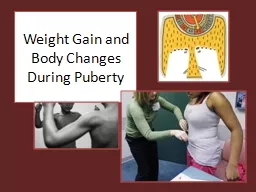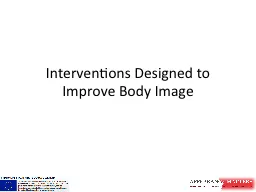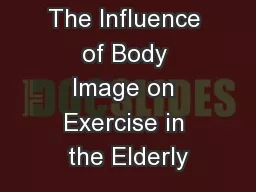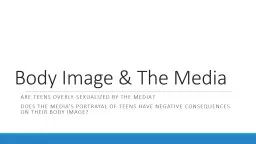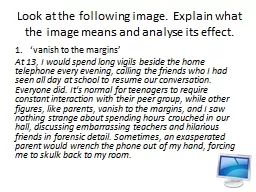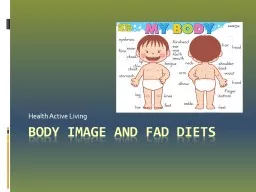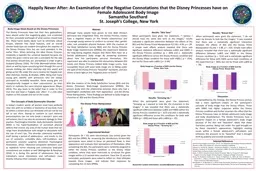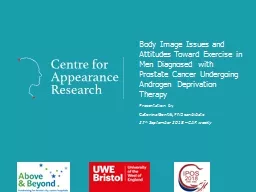PPT-BODY IMAGE
Author : natalia-silvester | Published Date : 2016-03-21
BODY IMAGE the mental picture a person has of hisher own physical appearance and the associated attitudes and feelings toward their own body and how they think
Presentation Embed Code
Download Presentation
Download Presentation The PPT/PDF document "BODY IMAGE" is the property of its rightful owner. Permission is granted to download and print the materials on this website for personal, non-commercial use only, and to display it on your personal computer provided you do not modify the materials and that you retain all copyright notices contained in the materials. By downloading content from our website, you accept the terms of this agreement.
BODY IMAGE: Transcript
Download Rules Of Document
"BODY IMAGE"The content belongs to its owner. You may download and print it for personal use, without modification, and keep all copyright notices. By downloading, you agree to these terms.
Related Documents


